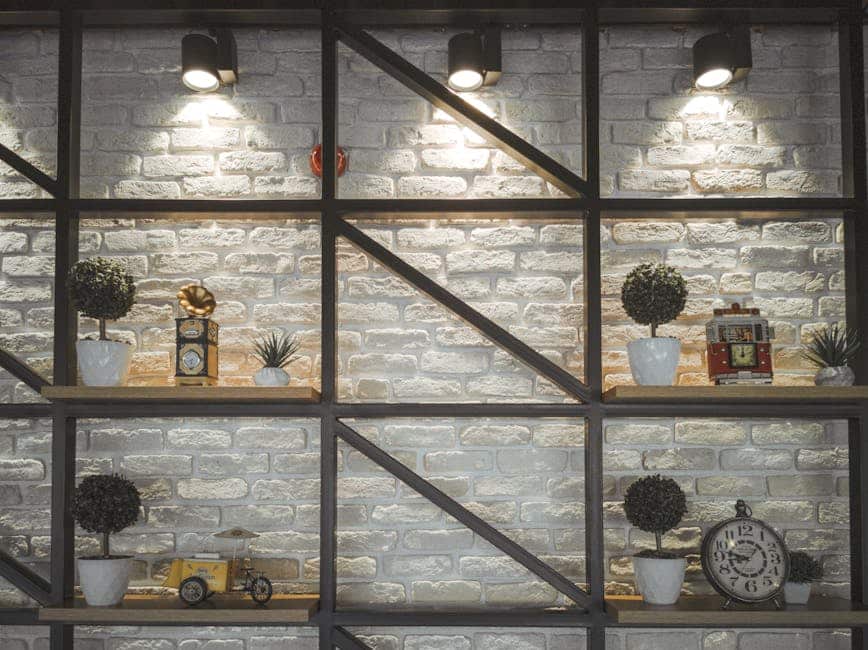Can LED Lights Effectively Support Plant Growth?
LED lights have gained popularity in recent years as a viable option for supporting plant growth in indoor gardening. The unique spectrum of light emitted by LED lights mimics the role of the sun in photosynthesis, making them an effective choice for providing the necessary light energy for plants to thrive. In this article, we will explore the benefits of LED lights for plant growth, their energy efficiency, customizable light spectrum, lifespan, and other factors that make them an excellent option for indoor gardening.
The Benefits of LED Lights for Indoor Gardening
LED lights offer several advantages when it comes to supporting plant growth indoors. One of the key benefits is their energy efficiency. Compared to traditional lighting options, LED lights consume significantly less energy while converting a higher percentage of energy into light. This not only helps reduce electricity costs but also contributes to a greener environment by reducing energy consumption.
Another advantage of LED lights is their customizable light spectrum. LED grow lights provide a full spectrum of light across all colors, including red, green, and blue. This customization allows growers to tailor the light spectrum to cater to the specific needs of plants at different stages of growth. Blue light, for example, promotes leaf growth, while red light stimulates flower growth. By adjusting the light spectrum, growers can optimize plant growth and development.
LED lights also have a longer lifespan compared to traditional lighting options. This longer lifespan not only reduces maintenance costs but also provides growers with a reliable light source for an extended period. Additionally, LED lights produce very little heat, preventing damage to plants and eliminating the need for additional cooling systems. This heat reduction is especially beneficial for indoor gardening, where maintaining optimal temperature conditions is crucial.
Optimizing LED Light Placement and Duration
When setting up LED lights for indoor gardening, it is important to pay attention to placement and duration. Placing the lights at the right distance from the plants is crucial to ensure optimal light absorption without causing any harm. While the light intensity varies depending on the plant species and growth stage, it is generally recommended to keep the lights at a distance that provides sufficient light without overwhelming the plants.
It is also essential to provide plants with a dark period to simulate natural day-night cycles. LED lights should be on for approximately 12 hours a day and off for the remaining 12 hours to provide plants with the necessary rest period. This light-dark cycle helps maintain a healthy growth pattern and prevents any potential negative effects of continuous light exposure.
Troubleshooting Tips for LED Grow Lights
In some cases, plants may not respond as expected to LED grow lights. This could be due to using the wrong type of light, incorrect distance, or incorrect intensity. To troubleshoot any issues, growers should first check the power supply and connections to ensure everything is functioning correctly. It is also important to examine the light itself for any signs of damage or malfunction.
Conclusion
LED lights have proven to be an effective and efficient option for supporting plant growth in indoor gardening. Their unique light spectrum, energy efficiency, customizable settings, longer lifespan, and minimal heat generation make them an ideal choice for growers. By properly placing the lights, adjusting the light spectrum, and providing the appropriate duration, growers can optimize plant growth and achieve successful indoor gardens.
Related Websites:
FAQs:
Q: What are LED lights and how do they work?
LED lights, or light-emitting diodes, are energy-efficient lighting options that produce light by passing an electric current through a semiconductor material. Unlike traditional lighting options, LEDs do not rely on a filament or gas to produce light, resulting in longer lifespans and lower energy consumption.
Q: What are the advantages of LED lights over traditional lighting options?
LED lights have several advantages over traditional lighting options. They are highly energy efficient, consuming less power while producing the same amount of light. LEDs also have a longer lifespan, reducing maintenance and replacement costs. Additionally, LED lights can be customized to emit specific wavelengths of light, allowing for precise control over the light spectrum to meet the specific needs of plants.
Q: How does light influence plant growth?
Light plays a crucial role in photosynthesis, the process by which plants convert light energy into chemical energy to fuel their growth. Different wavelengths of light have varying effects on plant growth, with blue light promoting vegetative growth and red light stimulating flowering and fruiting. By providing the right balance of light wavelengths, plants can optimize their growth and development.
Q: What are the specific benefits of LED lights for plant growth?
LED lights offer several advantages for plant growth. They are energy efficient, consuming less electricity while providing the necessary light intensity for plants. LED lights also have a long lifespan, reducing the need for frequent replacements. Additionally, LED lights can be adjusted to emit specific wavelengths of light, allowing growers to tailor the light spectrum to meet the specific needs of different plants.
Q: What do scientific studies say about using LED lights for plant growth?
Scientific studies have consistently shown positive outcomes when using LED lights for plant growth. These studies have demonstrated the effectiveness of LED lights in promoting vegetative growth, enhancing flowering and fruiting, and improving overall plant health. LED lights have been found to provide the necessary light spectrum for optimal photosynthesis, leading to higher yields and healthier plants.






